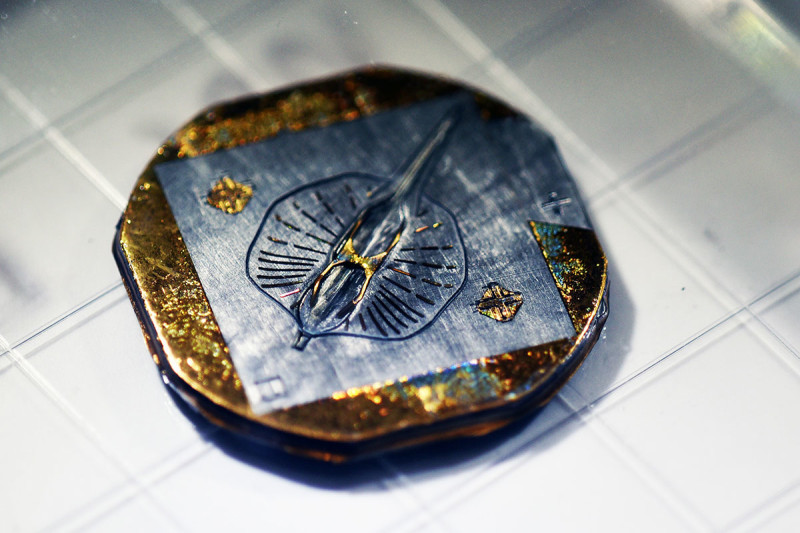Harvard researchers made a robot using rat heart tissue

Photo: Karaghen Hudson and Michael Rosnach
Harvard University researchers Kevin Keith Parker and his team created a 16-millimeter robot that uses 200,000 genetically modified cells of rat cardiac tissue. The skeleton of a mini-robot is made of gold, and the whole structure is covered with a layer of flexible polymer.

Photo: Karaghen Hudson and Michael Rosnach
While some states are opposed to GM products and, therefore, gene modification as such, Harvard researchers have used the capabilities of modern tools to get light-sensitive muscle tissue.
')
Instead of servo or current-sensitive semiconductors, scientists have developed rats with genetically modified cardiac tissue. When exposed to light, the fabric contracts and the robot moves:
To move the robot simulates the movement of the body of the slope, and the first to begin to contract the muscles that are closer to the light source. It is this feature allows you to set the direction of movement of the robot and swim, rather than "floundering" on the spot.
The use of biological genetically modified material is an undoubted success, but the author and the head of the study says that the creation of “cyborgs” is not included in his plans: based on the technology being developed, Kevin Parker hopes to someday begin to grow full-fledged working hearts.
Source: https://habr.com/ru/post/395817/
All Articles